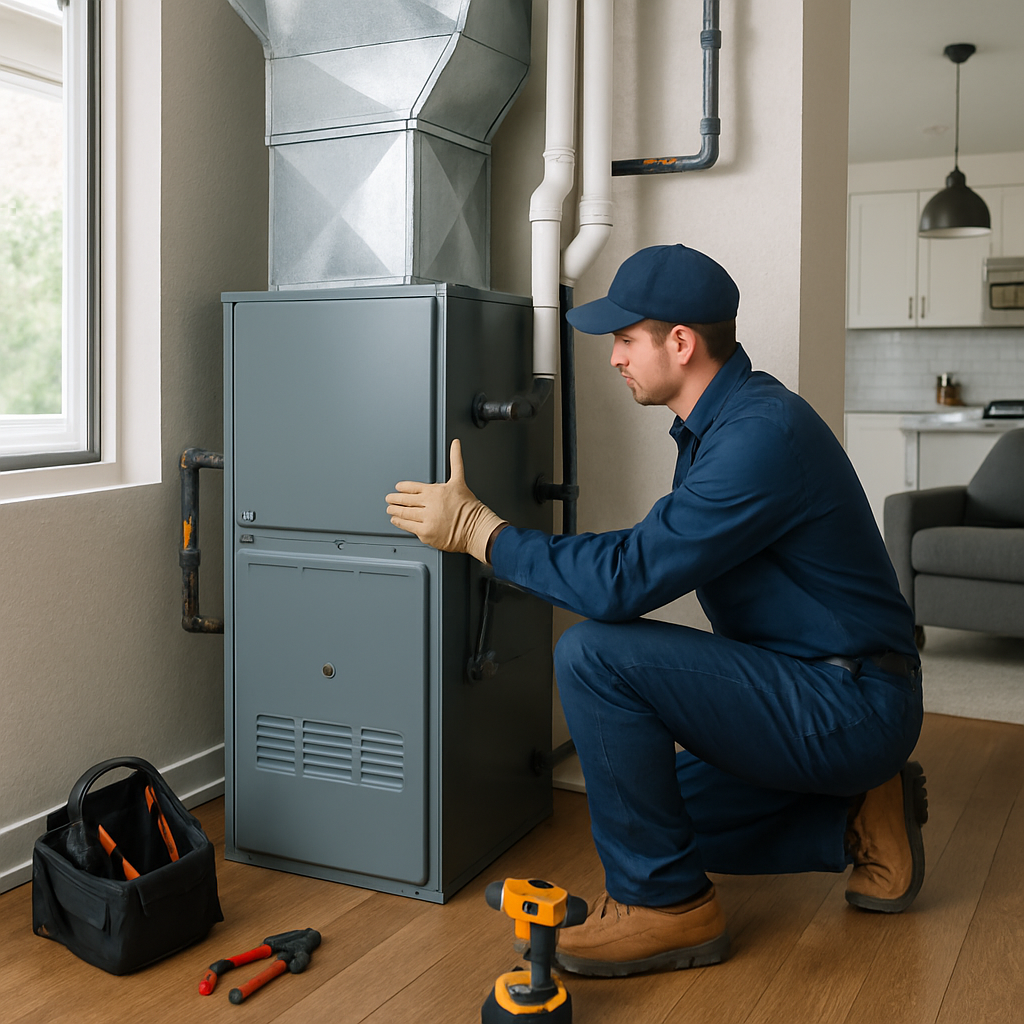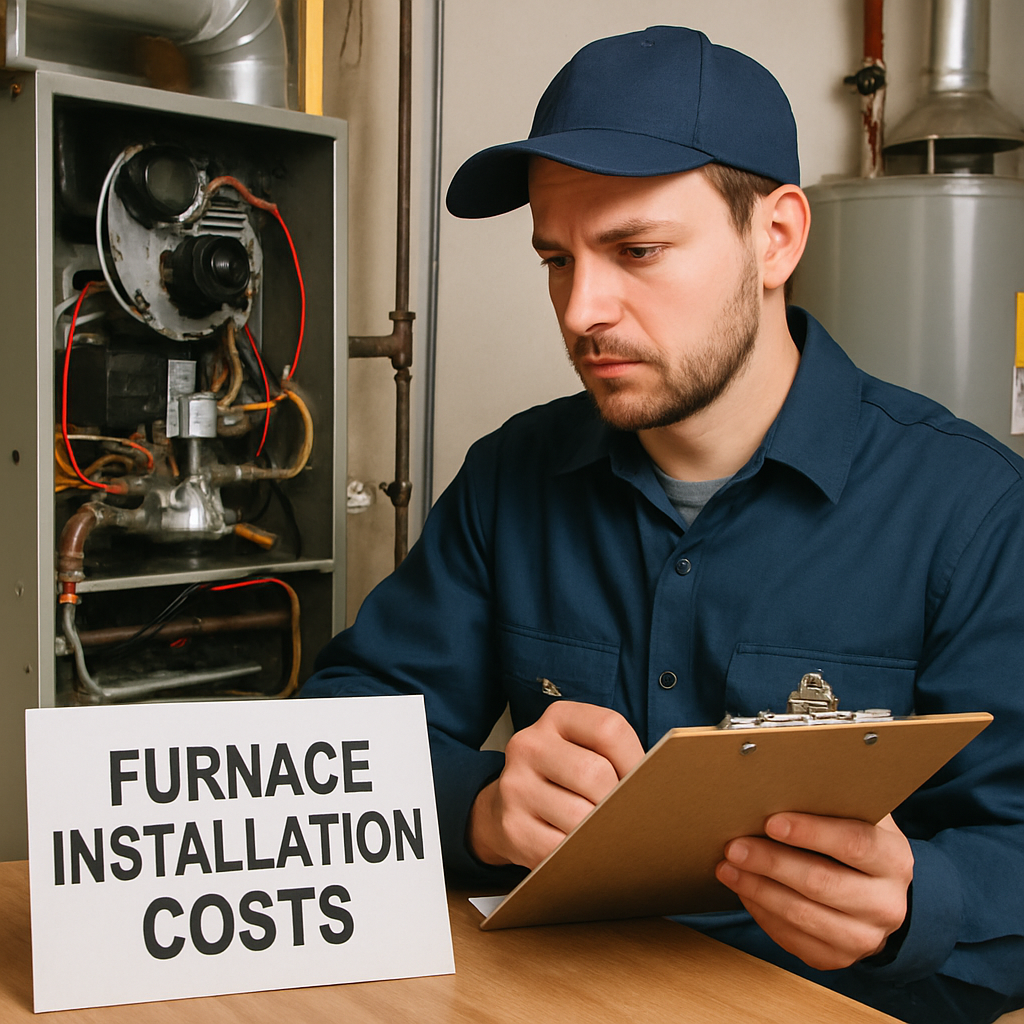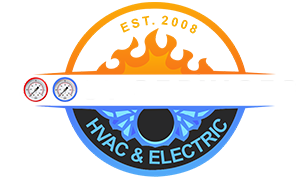When contemplating a furnace replacement, one of the first questions that come to mind is, “How much does a new furnace cost?” Understanding the Furnace Replacement Price is essential because several factors can influence the overall cost.

Type of Furnace
The type of furnace you choose significantly impacts the overall cost. There are several types, including gas, electric, and oil furnaces.
Gas Furnaces
Gas furnaces are a popular choice due to their efficiency and relatively lower operating costs. However, their installation might require additional expenses related to venting and gas line modifications. These modifications ensure the system operates safely and efficiently, but they can increase the initial investment.
Electric Furnaces
Electric furnaces are typically less expensive to install than gas furnaces. They don’t require venting, which simplifies the installation process. However, they might lead to higher electricity bills, especially in areas where electricity costs are high.
Oil Furnaces
Oil furnaces, though less common, are another option. They might be beneficial in areas where natural gas is not available. However, they require regular maintenance and fuel delivery, which can add to ongoing costs.
Efficiency Ratings
The efficiency of a furnace is measured by its Annual Fuel Utilization Efficiency (AFUE) rating. Furnaces with higher AFUE ratings, such as those above 90%, are more expensive upfront but can save you money in the long run through lower energy bills.
High-Efficiency Models
Investing in a high-efficiency furnace is often recommended, especially for long-term savings and environmental considerations. These models reduce energy consumption, providing a greener solution for heating needs.
Energy Star Ratings
Many high-efficiency models come with an Energy Star rating, indicating they meet or exceed federal standards for energy efficiency. This label can guide homeowners in selecting a furnace that balances cost with performance.
Long-Term Savings
Though the initial cost is higher, high-efficiency furnaces can significantly reduce your energy bills over time. This reduction can offset the initial investment, providing financial relief in the long run.
Installation Complexity
The complexity of the installation can also affect the cost. Factors such as the ease of access to the installation site, the need for additional ductwork, and any necessary modifications to accommodate the new system can add to the overall expense.
Site Accessibility
It’s essential to work with experienced professionals who can assess your specific situation and provide an accurate estimate. Easy access to the installation site can reduce labor costs, while difficult access might require additional time and resources.
Ductwork Modifications
If your current ductwork is incompatible with the new furnace, modifications may be necessary. These changes ensure efficient airflow and optimal furnace performance, though they can raise the total installation cost.
System Compatibility
Sometimes, additional system components need to be upgraded or replaced to ensure compatibility with the new furnace. This might include thermostats or other control systems, adding to the overall expense.
Geographic Location and Market Trends

Your geographic location plays a role in furnace pricing. In regions like Pasadena, where we at BOOST SERVICES operate, the demand for efficient heating solutions can influence market trends and pricing.
Regional Demand
Local climate conditions directly affect the demand for specific types of furnaces. For example, in colder regions, high-efficiency gas furnaces might be more popular, impacting their cost due to increased demand.
Material and Labor Costs
Additionally, fluctuations in material costs, labor rates, and local regulations can impact the final cost of a new furnace. Economic conditions, such as inflation, can also influence these factors, affecting overall pricing trends.
Regulatory Factors
Local regulations may require specific efficiency standards or emissions controls, potentially increasing installation costs. Staying informed about these regulations ensures compliance and avoids potential fines or additional expenses.
Brand and Model Selection
The brand and model of the furnace you choose can also affect the price. Reputable brands known for their quality and reliability might come with a higher price tag, but they offer the assurance of durability and performance.
Brand Reputation
It’s important to consider customer reviews, warranty offerings, and the reputation of the manufacturer when making your decision. Brands with a strong reputation often provide better customer service and support.
Model Features
Different models offer various features, such as variable speed fans or advanced control systems, which can affect pricing. Determine which features are necessary for your needs to avoid overspending on unnecessary additions.
Warranty Considerations
A robust warranty can provide peace of mind and protect your investment over the long term. Consider the length and scope of the warranty when selecting a brand and model to ensure you’re covered against potential issues.
Additional Cost Considerations
Maintenance and Warranty
While focusing on the initial cost is important, don’t overlook the long-term expenses associated with maintenance and warranty. A comprehensive warranty can provide peace of mind and protect you from unexpected repair costs.
Regular Maintenance
Regular maintenance, often offered by HVAC service providers like BOOST SERVICES, ensures optimal performance and extends the lifespan of your furnace. Routine checks can prevent costly repairs and improve efficiency.
Service Agreements
Consider service agreements that offer scheduled maintenance visits and discounted repair services. These agreements can simplify upkeep and ensure your furnace remains in top condition.
Longevity and Reliability
Investing in a furnace with a solid warranty and maintenance plan can enhance its longevity and reliability. This investment not only saves money but also ensures consistent comfort in your home or business.
Rebates and Incentives
In 2025, there may be various rebates and incentives available for homeowners looking to replace their furnaces with more energy-efficient models.
Government Programs
Government programs often provide financial incentives to encourage energy-efficient upgrades. These rebates can significantly reduce the upfront cost and make upgrading to a high-efficiency furnace more affordable.
Utility Company Offers
Some utility companies offer rebates or discounts for installing energy-efficient heating systems. Check with your local provider to see what options might be available in your area.
Tax Credits
In addition to rebates, tax credits might be available for certain energy-efficient improvements. These credits can offer substantial savings, further decreasing the overall cost of a new furnace.
Making an Informed Decision
Navigating furnace replacement costs involves considering several factors to make an informed decision. At BOOST SERVICES, we emphasize the importance of reliability, expertise, and community-oriented practices. Here are some steps to guide you through the decision-making process:
Assess Your Needs
Determine the heating requirements of your home or business and consider factors such as square footage, insulation, and climate. A thorough assessment ensures you select a furnace that meets your specific needs.
Consult with Experts
Reach out to HVAC professionals to conduct a thorough assessment of your current system and provide recommendations tailored to your needs. Expert advice can help you avoid costly mistakes and find the best solution.
Compare Options
Explore different furnace types, brands, and models to find the best fit for your budget and efficiency goals. Comparing options allows you to weigh the benefits and costs of each choice, ensuring an informed decision.
Consider Long-Term Savings
While the upfront cost is important, factor in potential energy savings and maintenance expenses over the lifespan of the furnace. A higher initial investment can lead to significant savings over time.
Review Financing Options
If the upfront cost is a concern, inquire about financing options that can make the investment more manageable. Flexible payment plans can ease financial strain and facilitate timely upgrades.
Why Choose BOOST SERVICES?
At BOOST SERVICES, our commitment to quality and professionalism sets us apart. We understand the urgency of HVAC issues, especially in the hot climate of Pasadena, and our dedicated team is ready to serve clients quickly.
Expertise and Reliability
Our expertise in residential and commercial properties ensures that we deliver tailored solutions that meet your unique needs. Our experienced technicians are equipped to handle any heating challenge with precision and care.
Customer-Centric Approach
With a warm and compassionate approach, we aim to inspire trust and confidence in our clients. Our community-oriented business practices emphasize the importance of maintaining high standards in service provision, ensuring client satisfaction and excellence in every project we undertake.
Comprehensive Services
From installation to maintenance, BOOST SERVICES offers a comprehensive range of HVAC services. Our commitment to quality ensures your heating systems operate efficiently and reliably, providing peace of mind and comfort.
Contact Us
For expert guidance on furnace replacement and to receive a personalized quote, contact BOOST SERVICES today. We’re here to help you navigate the complexities of furnace pricing and ensure you receive the best value for your investment.
Reach Out Today
Call us at:
- 818-277-5056
- 747-264-6358
Your comfort and satisfaction are our top priorities, and we’re ready to assist you every step of the way. Let BOOST SERVICES be your trusted partner in achieving reliable and efficient heating solutions for your home or business.
by Francesco Ungaro (https://unsplash.com/@francesco_ungaro)
By understanding the factors that influence furnace replacement costs, you can make informed decisions that align with your budget and heating needs. Trust in BOOST SERVICES for expert HVAC solutions and exceptional customer service in Pasadena and surrounding areas. Together, we can ensure your home or business remains comfortable and efficient for years to come.
FAQ — Furnace Replacement Price
What is a typical furnace replacement price in 2025?
Total installed cost varies by fuel type, size, efficiency, and complexity. Many full replacements (equipment + labor) fall in a mid four-figure to low five-figure range depending on market and scope.
Which factors have the biggest impact on furnace replacement price?
Key drivers include:
- Fuel type (gas, electric, propane, oil)
- System size (BTU output) and proper load calculation
- Efficiency rating (AFUE) and brand tier
- Venting changes (standard vs. high-efficiency condensate/ PVC)
- Ductwork condition, sealing, or resizing
- Electrical/gas line upgrades, permits, and local labor rates
How does AFUE efficiency affect cost and payback?
Higher-AFUE models cost more upfront but reduce fuel usage. Over several winters, savings plus potential incentives can offset part of the premium while improving comfort.
What “hidden” or ancillary costs should I budget for?
Common add-ons include permits/inspections, thermostat upgrades, new condensate drain or pump, venting rework, duct sealing or repairs, and haul-away/disposal of old equipment.
Do installation conditions change the furnace replacement price?
Yes. Tight attics, crawlspaces, long vent runs, difficult access, or code updates increase labor time and materials, raising the total.
How can I estimate the right furnace size without overpaying?
Insist on a Manual J load calculation. Sizing by square footage alone can lead to overspending upfront and higher operating costs later.
Should I replace the AC/coil at the same time as the furnace?
Often recommended if components are aging. Matched systems improve performance and may reduce combined labor costs versus separate projects.
Can rebates or tax credits lower my furnace replacement price?
Yes. Many utilities and programs offer incentives for high-efficiency models. Check eligibility, required AFUE levels, and deadlines to reduce your net price.
What financing options help manage the expense?
Contractor financing, utility programs, and low-APR loans can spread costs over time. Compare interest, fees, and any early payoff penalties.
How many quotes should I get to compare prices fairly?
Request at least two to three written, itemized quotes with model numbers, AFUE, scope of work, venting/duct changes, permits, and warranties to enable true apples-to-apples comparison.
What warranties should be included in the price?
Expect manufacturer (parts/heat exchanger) and installer (labor) warranties. Longer terms and transferable coverage add value and reduce future risk.
When is repair more cost-effective than replacement?
Repair is sensible for newer systems with minor issues and a sound heat exchanger. If breakdowns are frequent or a major component fails, replacement usually offers better long-term value.
What raises the price most for high-efficiency furnaces?
Condensing units may require PVC venting, condensate drainage, and sometimes duct or gas line adjustments—each adds materials and labor.
Will ductwork condition affect my final cost?
Yes. Leaky or undersized ducts reduce efficiency and comfort; sealing or resizing adds upfront cost but can allow a right-sized furnace and lower operating bills.
How long does installation take, and does time affect price?
Straight swaps often take one day; projects with venting/duct changes can take longer. Additional labor hours increase total cost.
What quick checklist should I review before approving the budget?
Confirm the following:
- Manual J sizing and chosen AFUE
- Itemized equipment, labor, permits, and haul-away
- Venting/condensate and ductwork scope
- Rebates/credits applied and financing terms
- Warranty lengths (parts, heat exchanger, labor)
How can I lower the furnace replacement price without sacrificing quality?
Compare itemized bids, target a strong value efficiency tier, schedule during off-peak seasons, keep scope aligned with load and duct data, and leverage available incentives.

